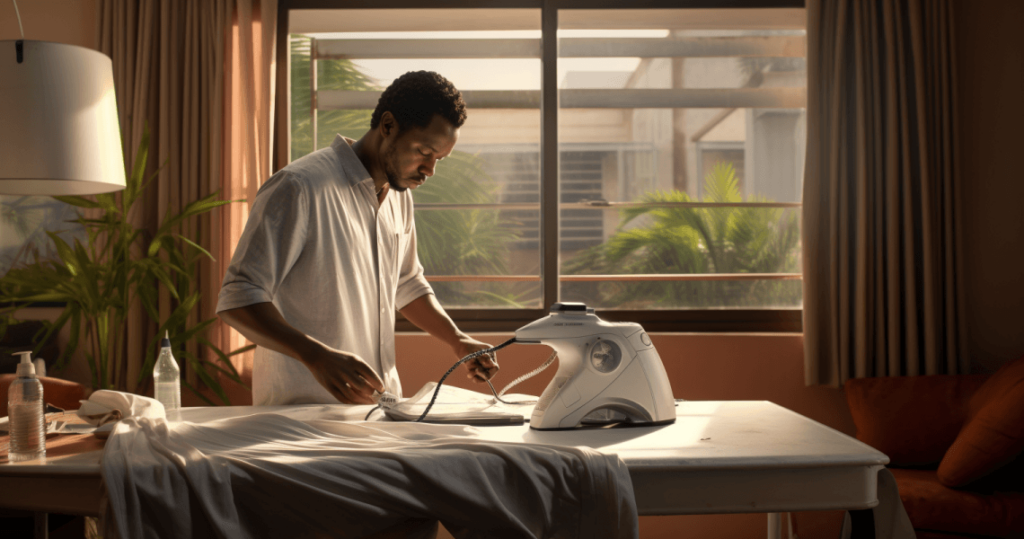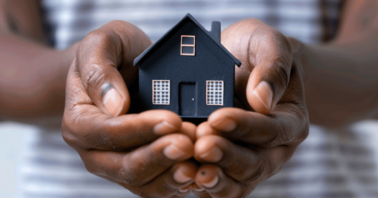In a world where electricity is a limited energy resource, it becomes vital for all of us to learn how to use it efficiently. Not only does this help preserve the environment, but it also significantly impacts our wallets. If you’re tired of those hefty electricity bills draining your hard-earned money, worry not! In this blog, we’ll explore simple and effective strategies to help you reduce your electricity costs without compromising comfort.
READ ALSO: 5 Simple Changes You Can Make to Create an Eco-friendly Home
Here is how you can make your energy bills more wallet-friendly!
These tips, as recommended by Kenya Power and Lighting Company(KPLC) will go a long way in helping you avoid that annoying beeping sound when your electricity units are going low.

Table of Contents
Lower Electricity Used During Laundry
Did you know that 95% of a washing machine’s energy consumption goes toward heating the water? Reducing the temperature of the water can make a substantial difference in your energy bills.
Let’s break it down – a typical washing machine uses 5.24 KWh of electricity per wash load, costing around KShs. 68 (when using hot water). If you do 15 loads of laundry per month, that’s approximately KShs. 1,020. However, switching to cold water rinses reduces the electricity usage to just 0.26 KWh per load, costing a mere KShs. 3.38.
When making purchases for electrical items, opt for energy-efficient electronics, including your washing machine. Opt for front loaders, they use 63% less water and this means less water for heating. Ensure that you are also fully loading your machine to avoid doing many rounds. Small changes in your daily habits can add up. Avoid running hot water continuously while washing clothes or rinsing dishes by hand. Instead, use cold water for rinsing clothes whenever possible.
Repair Showers to Lower Your Electricity Bill
It is essential to promptly repair any leaking pipes or taps to avoid unnecessary loss of hot water. The impact of even a seemingly small leak can add up significantly.
- For instance, just 30 drops per minute from a hot water tap can cost you around 18 KWh per month (approximately Ksh 234).
- A 30-minute daily instant shower can cost you about Ksh 500 per month. If three other household members do the same, you’re looking at at least Ksh 2,000 monthly expenditure.
Here’s a helpful tip: installing low-flow shower heads that consume less water can significantly reduce your energy bills. By acting on these recommendations and making conscious choices to conserve hot water, you’ll witness a positive impact on your electricity bill and contribute to a more sustainable future.
Save Energy While Ironing
To make ironing more energy-efficient, consider setting aside one day a week for this task. First, sort all clothes into fabric types and begin with the pile that requires the lowest ironing temperature, such as synthetics, gradually working your way up to the hardest ironing fabrics, like linens.

This method not only saves you time and effort but also reduces electrical energy consumption. Another smart tip is to turn off the iron box about five minutes before you finish ironing all the clothes. You can then utilize the residual heat stored in the soleplate to complete the task.
To further conserve energy, avoid leaving the iron box on electricity supply if you have other duties to attend to. Always opt for an iron box that is thermostatically controlled, ensuring it operates efficiently without wasting electricity.
According to Kenya Power:
Using a 1,000 watts iron box for 1 hour per day will consume 30 KWh per month, costing you around Ksh 390.
By implementing these energy-saving practices, you can make a significant difference in your electricity bill while ensuring wrinkle-free clothes.
Maximize Energy Efficiency for Your Fridge
To maximize energy efficiency for your fridge, implement these simple tips.
- Place the fridge away from heat sources, ensuring adequate ventilation with at least two inches of space on all sides.
- Adjust the thermostat to maintain the ideal temperature between 3°C and 5.5°C, avoiding cooler settings that lead to increased energy consumption.
- Keep the back coils dust-free, preventing up to 30% energy waste.
- Check and maintain good door seals to prevent cold air from escaping and warm air from entering.
- Minimize fridge openings to save up to 10-24% of total energy consumption.
- Defrost non-frost-free freezers before frost exceeds a quarter-inch thickness to reduce energy usage.
- Allow hot food to cool before refrigerating, and cover liquids and food to prevent moisture release that strains the compressor.
With these energy-saving practices, you’ll not only cut down on your electricity bill but also promote a more eco-friendly home.
Switch to Energy Saving Bulbs
To save energy on lighting, consider using LEDs instead of ordinary incandescent lamps. LEDs not only last longer but also generate less heat, resulting in reduced cooling bills. Overall, LEDs can save up to 80% of the energy used for lighting.
READ ALSO: Solar Panel Installation For Your Home? Energy Independence
Additionally, enhance energy efficiency by utilizing timers for security lights. Set them to turn on in the evening and off in the morning, ensuring they are active only when necessary. Photo sensors can also be used for security lighting, automatically turning lights on at night and off during the day.
Another easy way to save electricity is by turning off lights when not in use, even for short durations. Every time you switch off lights, you save energy. Consider separating lighting circuits to control and use only the required lighting.
For eco-friendly designs, maximize natural sunlight during the day in your house. Incorporate windows and openings strategically to optimize natural lighting, reducing the need for artificial illumination. By adopting these practices, you’ll contribute to a greener and more energy-efficient living space.
READ ALSO: Homes of the Future: The Rise of Smart Homes



